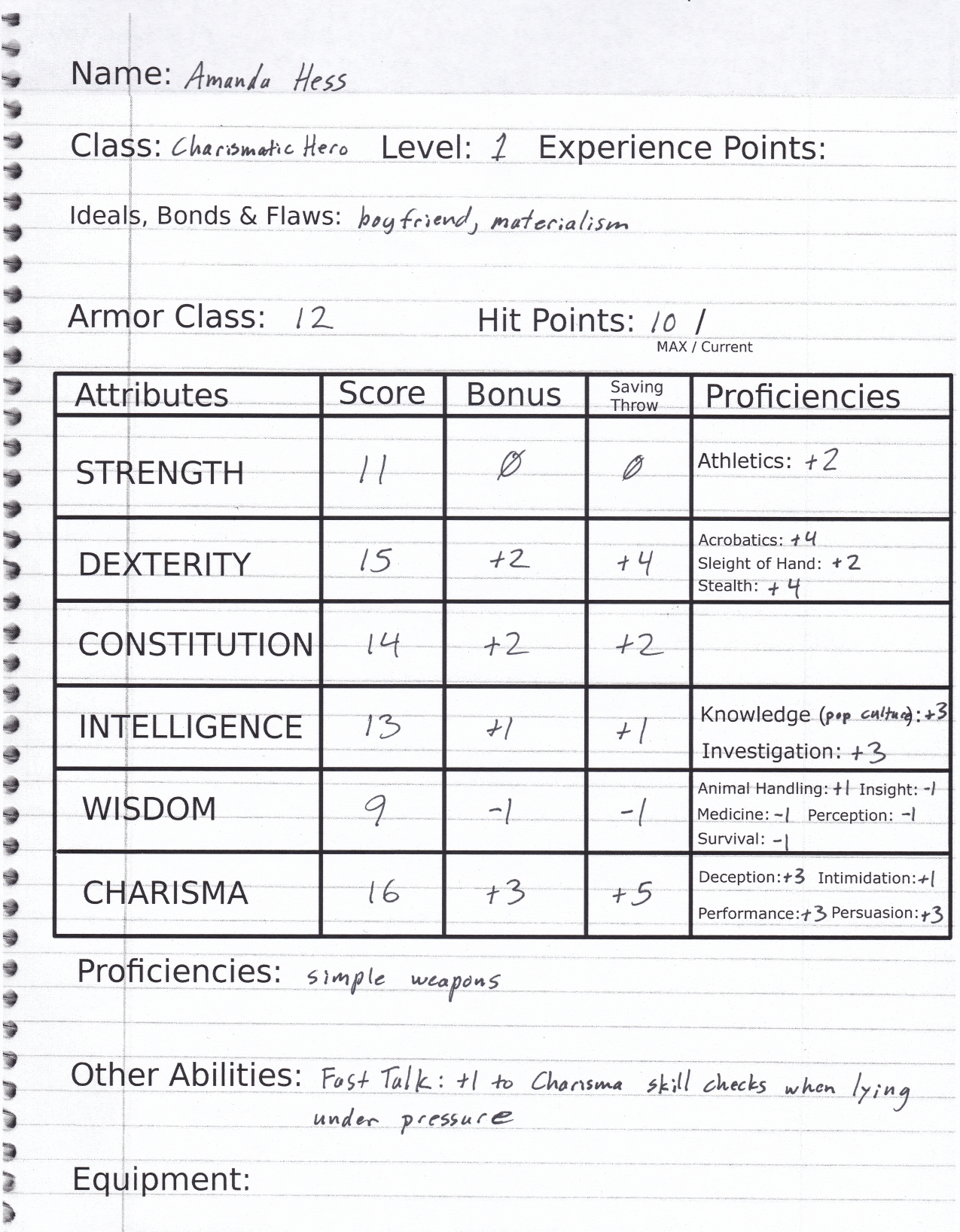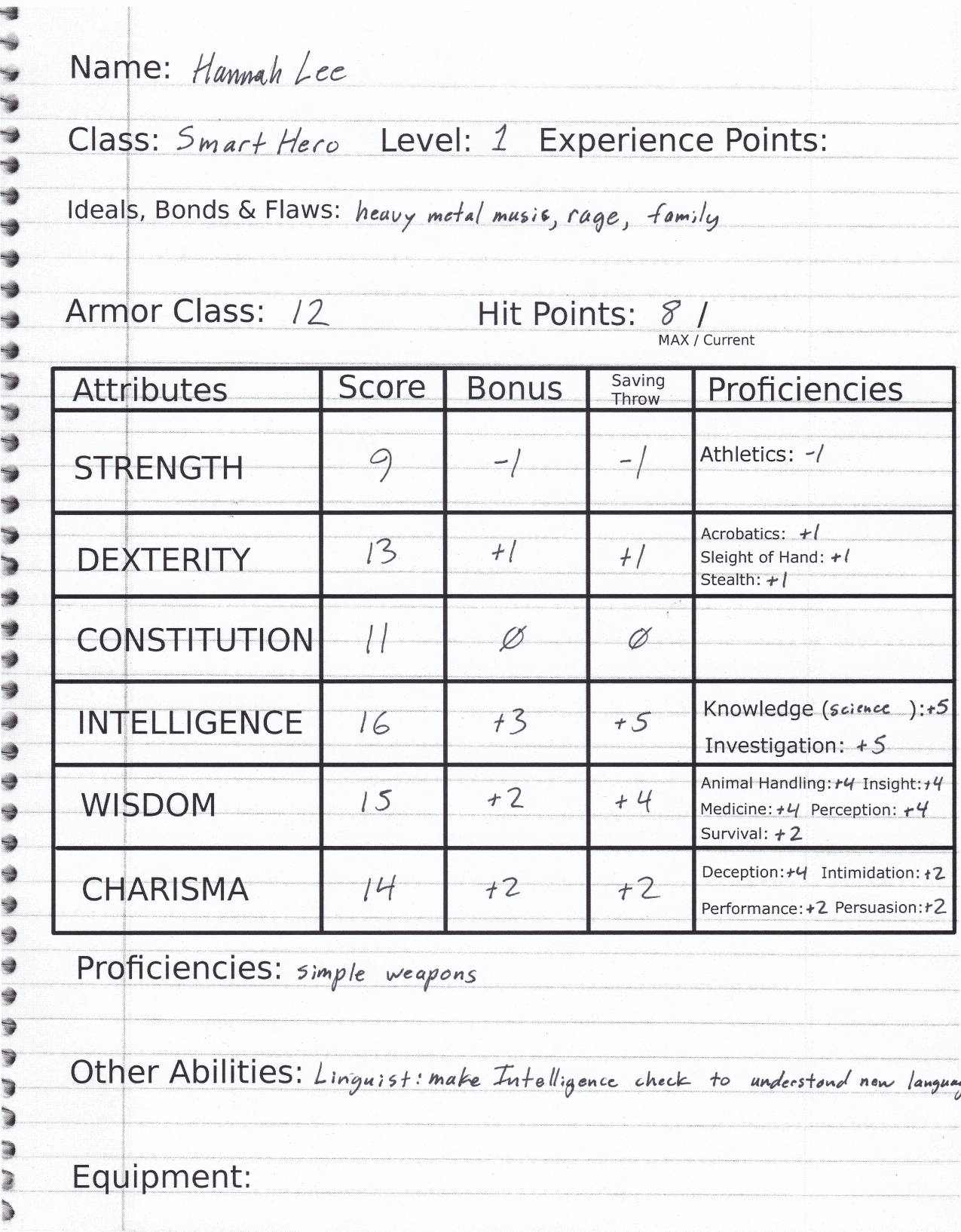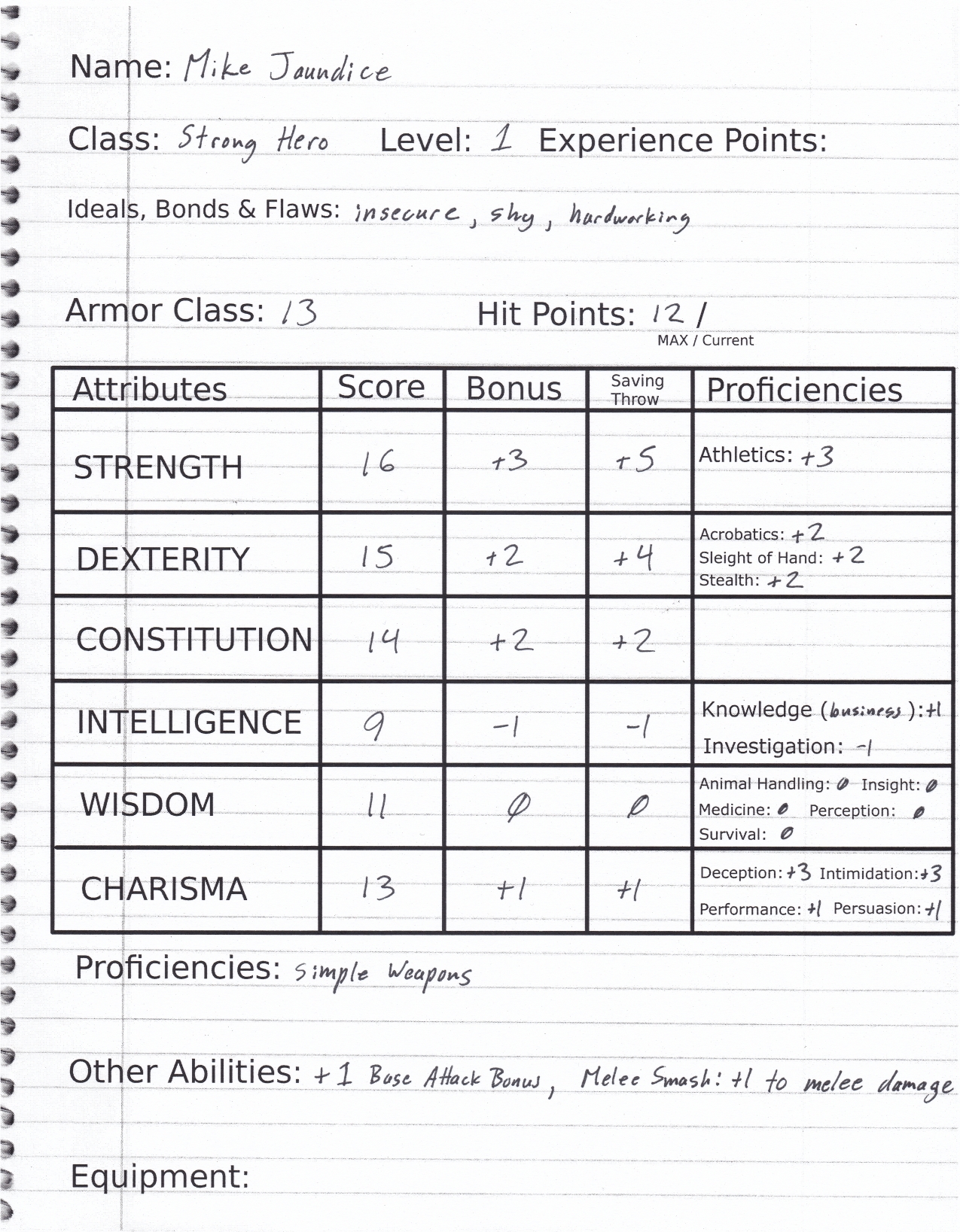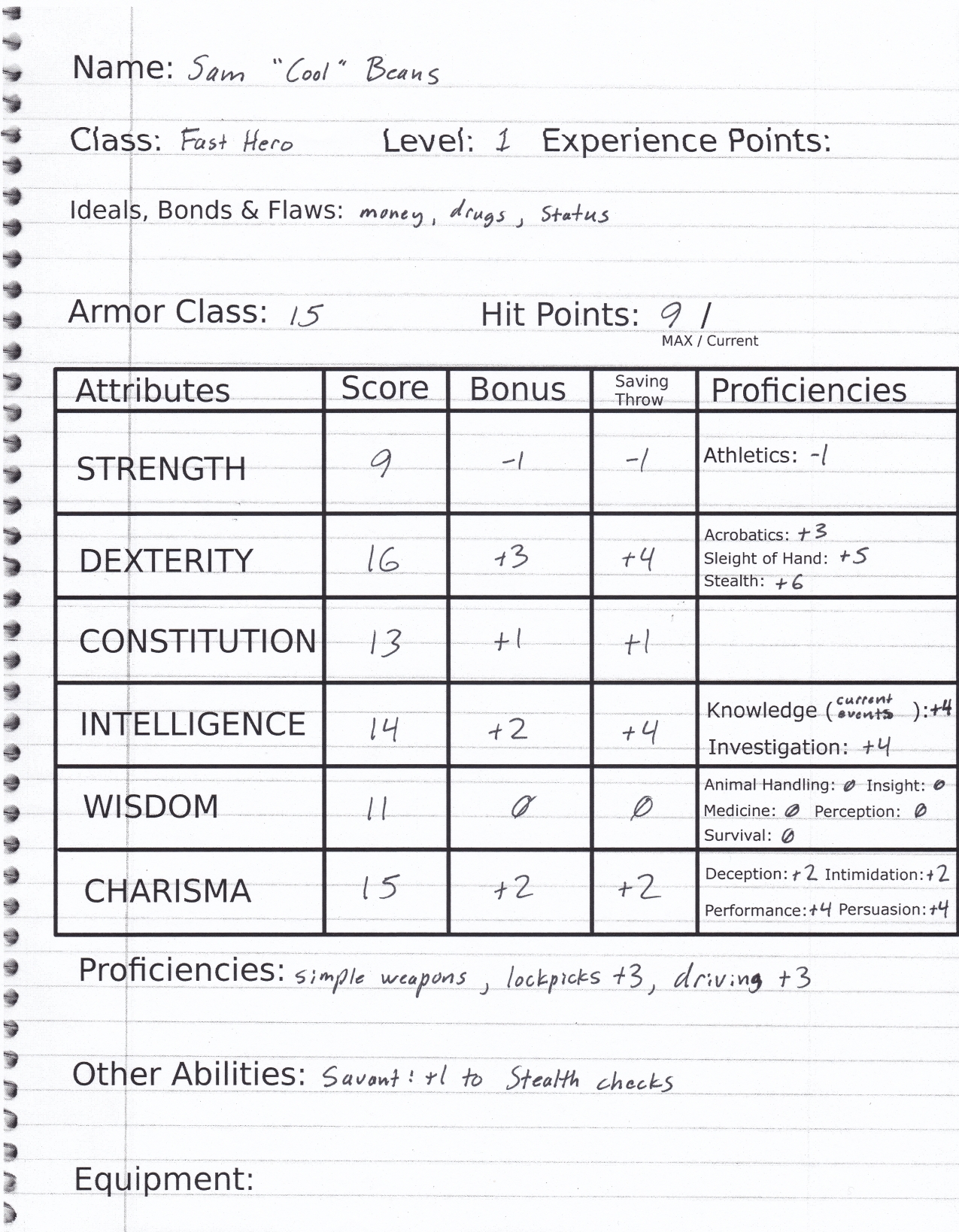Starseeds and Sporriors
These spacefaring fungal creatures have a complex polymorphic lifecycle. Although mindless, they are a dangerous invasive species.
In all of their stages they grow by externally digesting organic or chemically useful compounds and minerals, and also through a photosysthisys-like process that allows them to slowly grow even in the wan starlight of deep space. This process and the mineral-like composition of their outer skins even allows them to grow from the energy of pulsars, gamma streams, and radioactive materials like uranium oxide deposits or atomic warheads.
Their cyclical lifecycle proceeds as follows: from tiny Spores grow Starflowers, which will grow as slow or as fast as local conditions allow. Their color varies depending on the local available nutrients, minerals, and radiation. Their bulb-based, tubular flowers grow until they are large enough to form a Starseed for the journey into space.
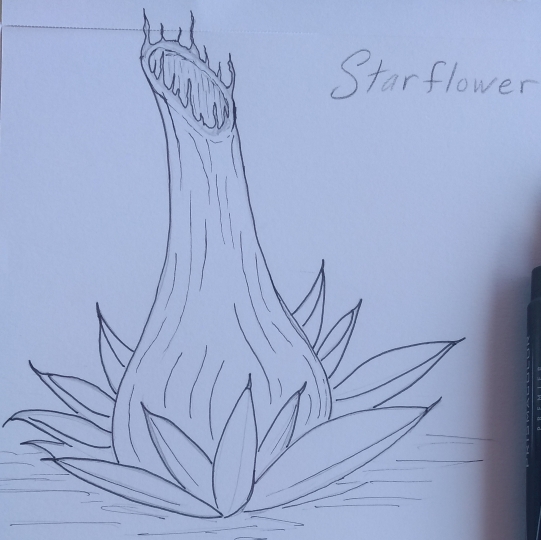
At that point the Starflower explosively launches the Starseed into the night sky, using the delicate fronds at the top to sense nearby stellar bodies for its progeny. The Starflower is blown into pieces by this process, which begins a cycle of regrowth. In being destroyed, the Starflower releases its internal defenders and the re-seeders of the flower: the Sporriors. Waiting encased in the Starflowers flesh are the nascent, ambulatory guardians who spread the Spores wherever they go. The destroyed Starflower’s remains become fertile ground for a new, wider batch of Starflowers, and the process continues.
Starflowers sometimes explode when cut or struck, depending on their state of growth.
If the Starseed escapes the local gravitational body, and makes it into space, and it doesn’t end up in a sun, it will break open upon impact, releasing Sporriors from their layered interiors and providing organic material for their new Spores to grow upon. If the Starseed doesn’t make it to space, when it falls back down it breaks open and seeds a new area.
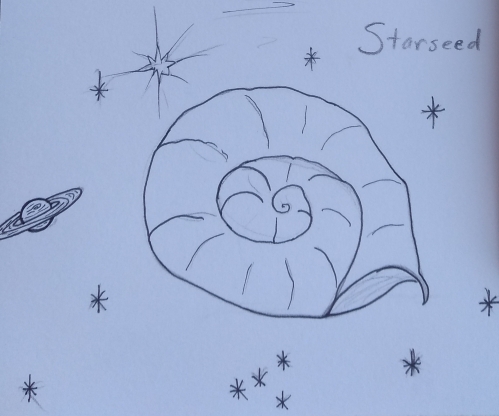
In the asteroid fields and on the tiny iceballs in the depths of dim interstellar space the Starflowers grow slowly and are only large enough to launch little starseeds away from their host body. They release tiny little Sporriors to slowly crawl around spreading new Starflowers.
On planets like Earth with rich local organic deposits, a warm nearby star, and 1G local gravity, the Starflowers will quickly grow to be 90 meters tall or taller before exploding, which launches Starseeds measuring 10-15 meters in diameter. At that size the conical, ambulatory Sporriors released when damaged are 2-3 meters (6-9 feet) tall and in circumference at the bottom of their caps.
Slow but steady walkers, Sporriors spill out from damaged Starflowers and Starseeds, and mill about spreading Spores. They can also climb quite well owing to the hundreds of tiny appendages on the bottom of their trunks. They move very quietly, which combined with their rocky-looking exteriors makes them stealthy.
As they move the Sporriors slowly drip spores suspended in digestive acids, which will grow into Starflowers.
Though lacking a central nervous system or language, they will quietly and steadily walk towards any sound or vibration they sense. And if their tough outer cap touches anything that is moving for more than a moment, be it a sapling or a curious child, they attack.
A hydraulic and chemical reaction causes their conical caps to flip up, inverting. This causes the burning sporewhips, which line the interior of the cap, to fling out in all directions around the Sporrior to a distance of 2-3 meters. The burning sporewhips lie in channels of digestive juices and Spores, and are raspy, so they cut, chemically burn, and possibly infect anything they hit. This reflexive attack also momentarily exposes the Sporriros softer inner cap and stalk.
Sporrior
large fungal plant
Armor Class: 16 (or 9 when attacking)
Hit Points: 48 (4d8+16)
Skills: Stealth +4
Move: 10′, climb 5′
Attack: +4 attack against all creatures within 10 feet / 3 meters, damage 1d4 + 2 slashing, 1d3 acid, and DC 12 Constitution Saving Throw or become infected with burning, itching, tiny-Sporeflower-growing spores. Unless treated with healing magic, technology, or DC 12 Medicine skill checks, the digesting spores will eat away at the infected creature’s body, spreading and dealing 1d12 Hit Points of damage per day.
Challenge Rating: 1
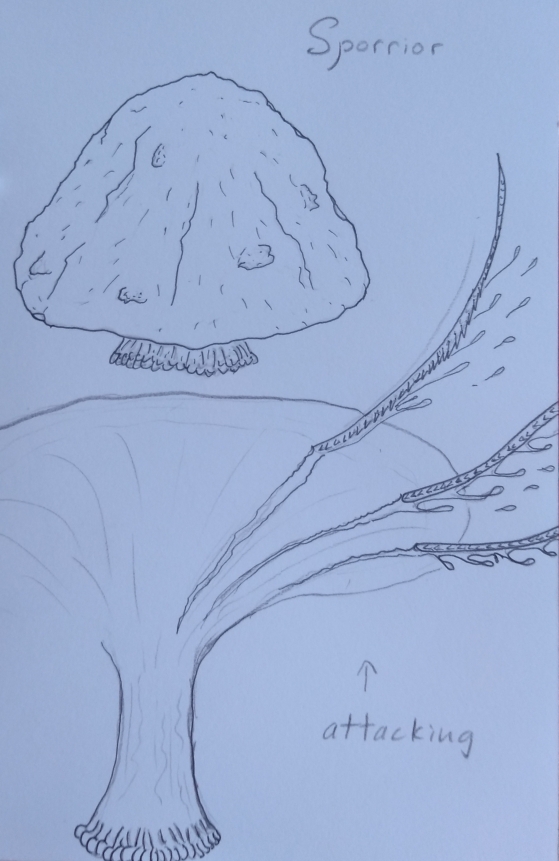
Posted in 3rd edition Dungeons & Dragons / d20 fantasy / Pathfinder, 5th edition Dungeons & Dragons, Creature, d20 Future, D20 Modern, Gamma World, Post-Apocalyptic, Science-Fiction and tagged alien, fungus by Adam A. Thompson with no comments yet.
Class of 198X Season Two
In case you missed it, the second season of our actual-play Dungeons & Dragons show Class of 198X is available here!
See the comedians of Cow Chop play teenagers from the 1980’s and bumble their way through time and space in this incredible adventure, fighting adversaries (and each other) every step of the way.
If you’d like to play the adventure from season one of the show, it’s right here!
Posted in 5th edition Dungeons & Dragons, announcement, D20 Modern, Fantasy, Science-Fiction and tagged Class of 198X by Adam A. Thompson with no comments yet.
5th edition Dungeons & Dragons Combat Critical Fumble Rules
I like critical fumbles in my D&D game. They increase randomness, speed up combat, and create tension and chaos on the battlefield. For me it’s a significant part of the fun of the game, so I use a critical fumble rule for combat when I’m the Dungeon Master or Referee.
So here’s my house rule: when someone rolls a 1 on an attack roll, they have to roll a d20 again to see how bad the fumble is:
20 – Recovery – the fumble has no major ill effect (feel free to make up some comical reason why)
16-19 – Over-swing – disadvantage on fumbler’s next attack roll
12-15 – Miss-step – advantage on the next attack against fumbler
9-12 – Fall Down – fumbler falls prone
5-8 – Drop Weapon – fumbler drops weapon, or else is dazed next round
4-2 – Wild Swing – attack self or ally (attacking player makes new attack roll)
1 – The Gods Frown – attack self or ally with advantage (attacking player makes new attack rolls), or something equally disastrous
The basic idea is, if you roll a 1, something bad happens. Not only have you failed, but your situation has gotten worse somehow.
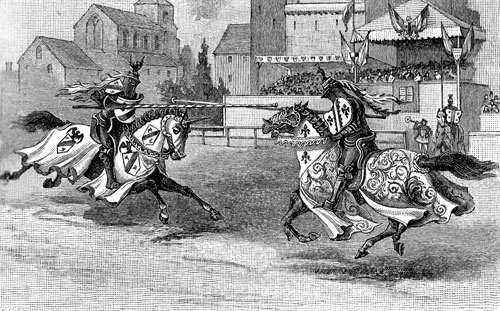
I used to use a different simple critical fumble table, where the results were basically a d4, and the lower you rolled the worse it was. I like it because it’s easy to memorize and use without having to refer to a table.
The above table is expanded to use the full numerical granularity of a d20. It also uses the “rolling 20 is good, rolling 1 is bad” game design element.
D4 Fumble Table
4 – off balance – enemies have advantage to attack you next round
3 – fall down – fall prone
2 – drop weapon – drop weapon or are dazed next round
1 – bad swing – attack self or ally
There have been a lot of critical fumble rules published, but recently I’ve seen a fun idea about how to handle fumbles. On the Moisture Farmer’s podcast, I heard them using a new-to-me critical fumble rule. Not only is it great for it’s simplicity, but also for the opportunity to be creative.
If a player rolls a 1, the GameMaster decides what happens to the player’s character. When a GameMaster rolls a 1, the players decide what happens to the GameMaster’s character. So when the GM fumbles, the players get to narrate what happens. When a player fumbles, the GM gets to narrate it.
No boundaries are needed, but as a DM, I’d probably usually limit to to, at worst, damaging your own character or an ally. If the players always end up demanding the the monsters fall on their swords and die, then it would be reasonable for the DM to decide the same thing happened to the PCs. So there’s an opportunity to do some creative role-playing and cooperate to keep things “in bounds”.
Do you use critical fumbles in your game? Why or why not? Let us know in the comments below.
Posted in 5th edition Dungeons & Dragons, d20 Future, D20 Modern, Gamma World, Uncategorized, Variant Rules and tagged critical fumble by Adam A. Thompson with no comments yet.
Class of 198X Character Sheets
Folks have been asking for pre-generated characters to use in the Class of 198X adventure, so I re-created the original character sheets that the CowChop crew used.
These characters are for use with the 5th edition Dungeons & Dragons rules, with a few items borrowed from the D20 Modern rules. Everything should also work fine with 3rd edition D&D.
These sheets are also being added to the adventure in the store, so everyone who has bought it so far should get an email with a link to download the new files.
Posted in 3rd edition Dungeons & Dragons / d20 fantasy / Pathfinder, 5th edition Dungeons & Dragons, Character, D20 Modern and tagged Class of 198X by Adam A. Thompson with no comments yet.

